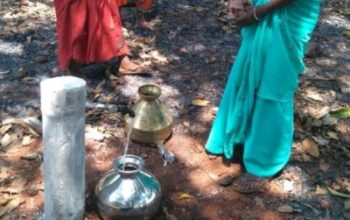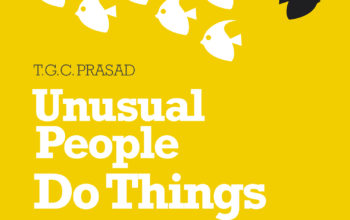——————————————————————————
Tulip Revolution:
This refers to the overthrow of the President Askar Akayev and his government in the Central Asian republic of Kyrgzstan after the parliamentary elections in 2005
In the early stages, this reolvution used to be called as Pink, Yellow, Lemon, Silk, Daffodil, Sandpaper revolutions and finally, it was called the Tulip revolution
though seems to be a non-violent revolution, there are instances of violence at many places
Supported by the youth resistence KelKel
——————————————————————————————-
Bulldozer Revolution or the 5th october Revolution:
relates to the series of events that occured in 2000 in the Federal republic of Yugoslavia culminating with the downfall of Slobadan Milosevic – Serbia
one of the peaceful revolutions that happened – characteristic of the color revolutions
other characteristics – anti-communistic, more of student involvement, overthrowing an authoritative govt or president, almost every revolution has inspired the subsequent revolutions
Student organizations were a major part of these – like the Otpor
——————————————————————————————
Rose Revolution:
Happened in Georgia following the disputed 2003 elections led to the overthrow of Eduard Shevardnadze and his replacement by Mikhail Saakashvilii
supported by the civic resistence movement of Kmara
——————————————————————————————
Orange Revolution:
Occured in Ukraine in 2004 following the disputed second round of elections for the President and led to the annulment of the election results and leader of the opposition Viktor Yushchenko was declared the President
This revolution was supported by Pora
——————————————————————————————–
Cedar Revolution:
In lebanon in 2005 – started after the assasination of the leader of opposition Rafik Hariri in 2005 but the primary goal of the revolution was the withdrawl of the Syrian troops
not a color revolution though and so doesnt have its characterstics
Cedar is the symbol of the country and hence the name of the revolution
White and Red colors are also used which are a part of the Lebanese Flag
——————————————————————————————
Purple Revolution:
Coming of democracy in Iraq – term first used by the United States of America following the 2005 Iraqi general elections
——————————————————————————————
Blue Revolution:
refer to demonstrations in Kuwait in support of Women’s suffrage beginning in 2005 – named after the color of the signs the protestors have used. in 2007, the women suffrage was accepted and so this is a successful revolution
———————————————————————————————–
Velvet Revolution:
refers to the non-violent revolution in Czechslovakia and saw the overthrow of the Lenin-Marxist government
Occured in 1989
General elections followed the revolution after 40 years with a non-communist government
———————————————————————————————-
Other related movements in other countries:
Armenia – revolution from below! -but no color – 2005
Azerbaijan – Yox – a student movement – chose green as its color – 2005
Belarus – against President Alexander Lukanshenko with the student group Zubr – 2005
used White-Red as the color -also called Jeans Revolution or Denim Revolution
Moldovo – Grape revolution in 2005 by the opposition – does not materialize finally!
Mongolia – against the 2005 elections of the parliament
Russia – Oborona Youth movement
Uzbekistan – opposition to the president Islom Karimov – Farmer’s Revolution
——————————————————————————————–
The Carnation Revolution:
It was an almost bloodless, leftist, military-led, 1974 in Lisbon, Portugal, that effectively changed the Portuguese regime from an authoritarian dictatorship to a liberal democracy.
It was the end of the Estado Novo, the longest authoritarian regime in Western Europe (but not the last to end; Francisco Franco ruled Spain until his death in 1975).
———————————————————————————————–
Related Posts











